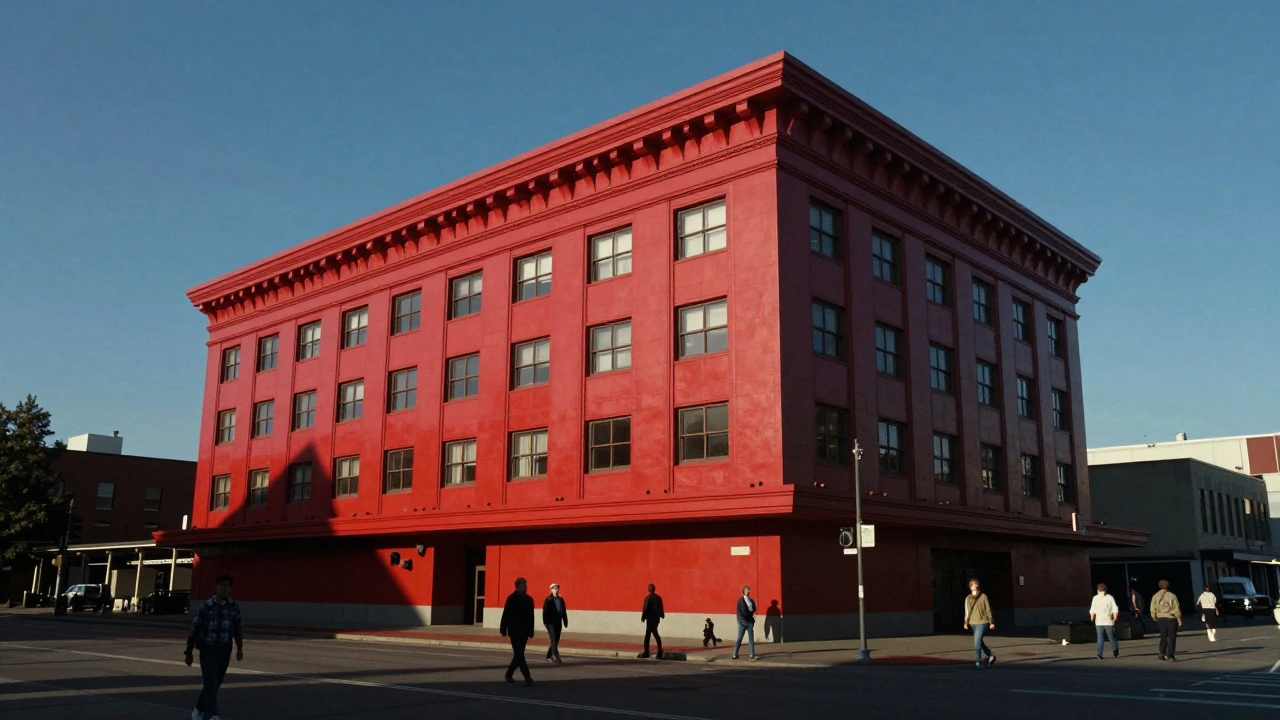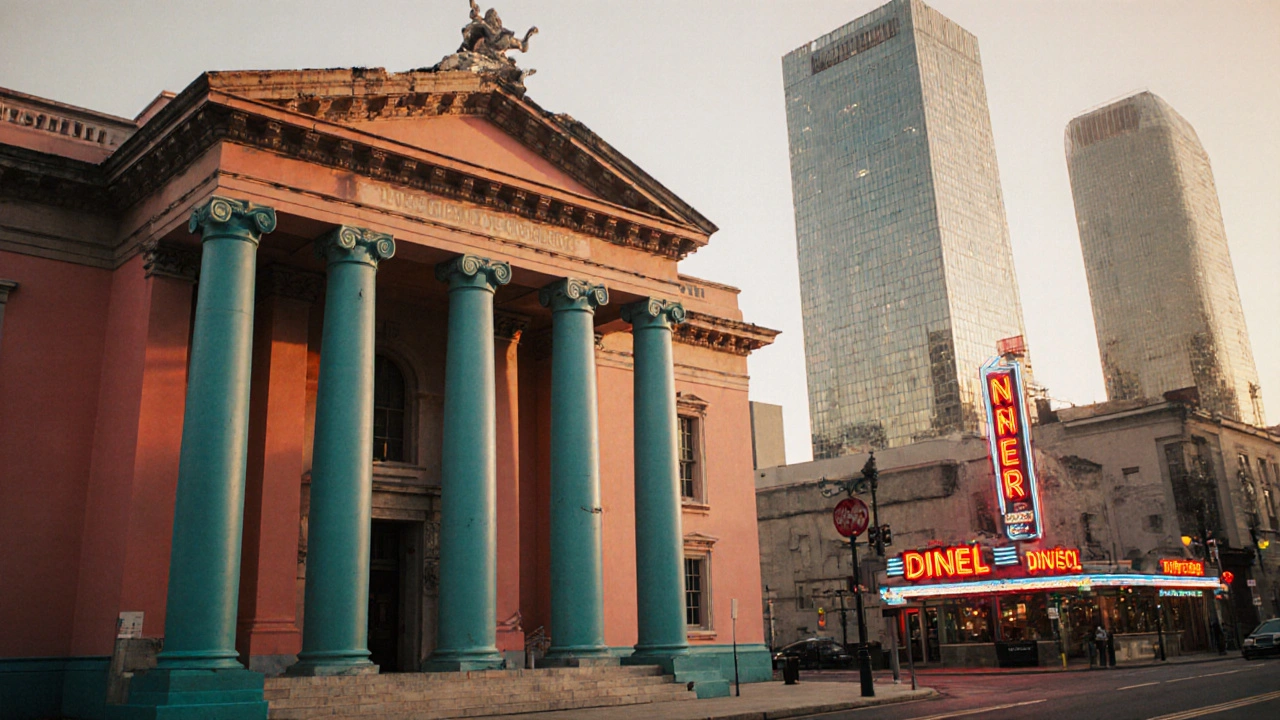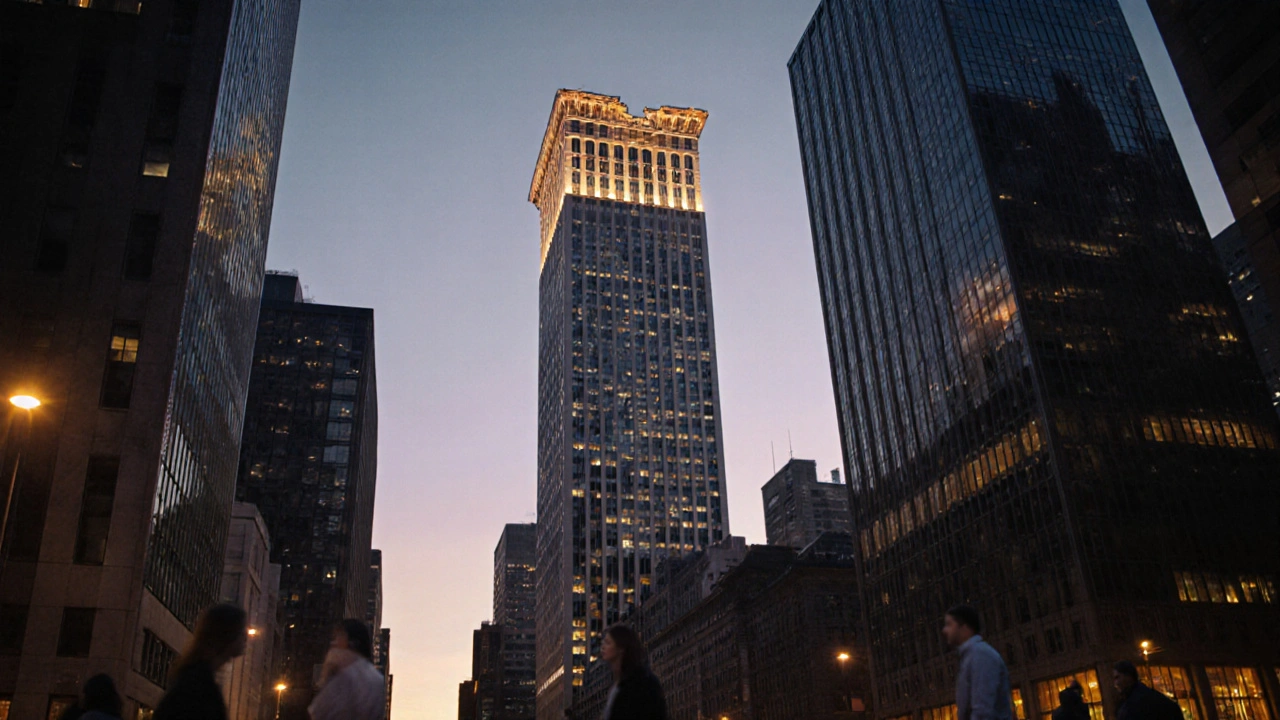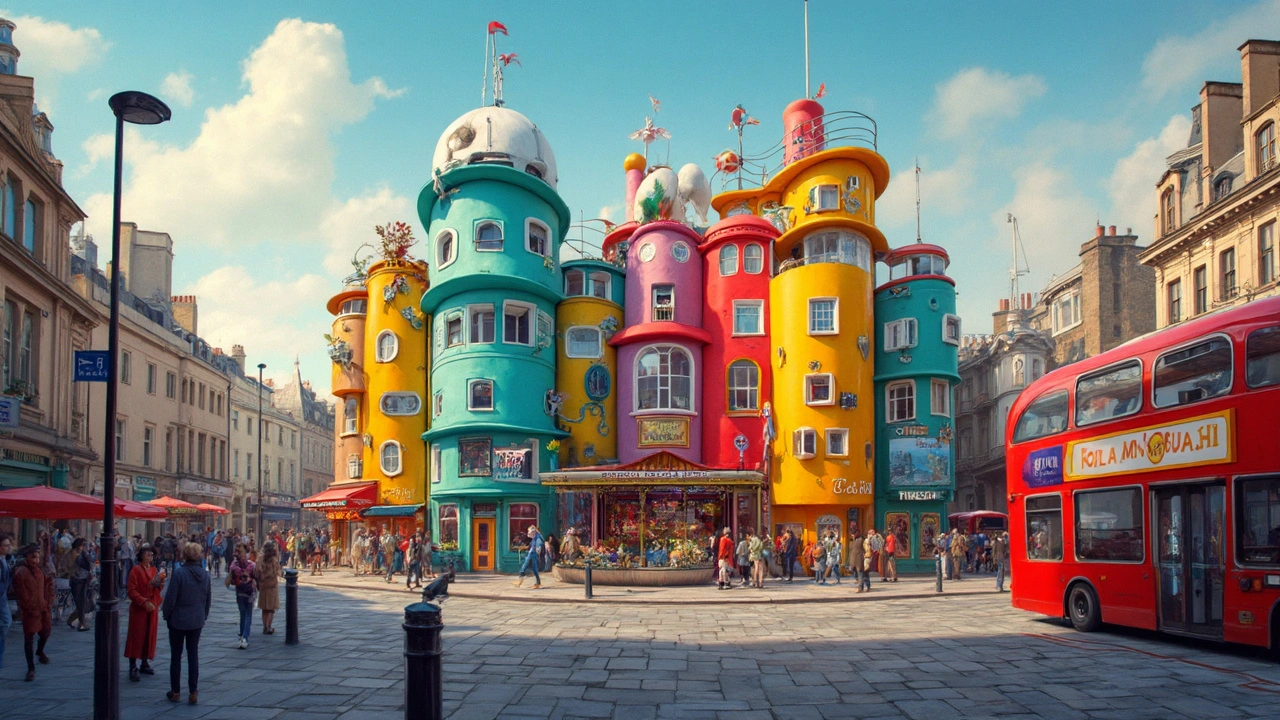Postmodern Architecture: What It Looks Like and Why It Matters
Want to know why some buildings look playful, surprising, or even a bit rude? That’s often postmodern architecture. It arrived in the late 20th century as a reaction to strict modernist rules. Instead of hiding history and ornament, postmodern architects mixed styles, colors, and symbols to make buildings talk to people.
This movement wasn’t about one neat rule. Think of it as permission to mix a classical column with bright colors or add a cartoonish crown to a skyscraper. It can look fun, confusing, or clever — and that’s the point.
How to spot postmodern buildings
Here are quick, practical signs you’re looking at postmodern architecture:
- Broken rules: straight boxes give way to odd silhouettes, false fronts, or playful roofs. Look for shapes that seem to wink at you.
- Mixed styles: a building borrows details from baroque, classical, pop art, or vernacular sources and throws them together.
- Color and pattern: bold paint, patterned tiles, and visible decoration instead of plain concrete or glass walls.
- Symbols and irony: decorative elements that reference history, logos, or everyday objects in a tongue-in-cheek way.
- Human scale and surprise: entrances, windows, or facades that speak to pedestrians rather than just cars and offices.
Famous examples include the Vanna Venturi House (simple but rebellious), Philip Johnson’s AT&T Building with its Chippendale top, and Charles Moore’s Piazza d’Italia — all places where architecture feels like a comment, not just a shelter.
Simple ways to use postmodern ideas at home
You don’t need a grand budget to borrow postmodern moves. Try one clear idea at a time:
- Add a playful crown: a bold cornice or funky light fixture can mimic the theatrical tops of postmodern buildings.
- Mix eras: pair a modern sofa with an ornate mirror or a classical column-style planter to create visual tension.
- Use color like punctuation: a bright door or painted window frame can change how a whole room reads.
- Embrace small surprises: an unexpected mural, patterned tile, or a lamp shaped like a vintage object makes spaces feel personal and witty.
If you’re visiting cities, look for postmodern landmarks downtown or in cultural districts. Take photos of details — unusual cornices, odd windows, or playful logos — so you can borrow those moves for your own projects. Postmodernism is about ideas you can reuse: break a rule, make a joke, be human-sized.
Curious for more examples and a friendly guide to spotting classic postmodern buildings? Check our Postmodern Architecture article for a readable tour full of photos and tips for where to see the best stuff in person.

Postmodern Architecture: When Looks Trumped Function
Postmodern architecture challenged the cold minimalism of modernism with bold colors, historical references, and playful forms. But did it sacrifice function for flair? This is the story of when looks took center stage.
Read more
Postmodern Architecture: The Ultimate Fusion of Styles
Postmodern architecture breaks rules by mixing historical styles, bold colors, and playful forms. It rejects minimalism in favor of meaning, humor, and cultural references-creating buildings that tell stories, not just house them.
Read more
How Postmodern Architecture Changed City Skyscapes Forever
Postmodern architecture broke the rules of modernist design, bringing color, history, and humor back to city skylines. It made buildings tell stories-and changed how we experience urban spaces forever.
Read more
Postmodern Architecture: Rethinking Design from the Ground Up
This article unpacks how postmodern architecture broke all the old rules and made cities look surprising and sometimes weird—but in a good way. You'll get the scoop on how postmodernism flipped the script from boring boxes to bold, playful buildings. There are interesting stories behind the strange shapes and colorful facades you see all over the world. Expect hands-on tips for spotting postmodern design, and a peek at the classic buildings everyone takes selfies with. Forget dry, textbook stuff—this is postmodernism, explained for real life.
Read more
Exploring Postmodern Architecture: Celebrating Unique Design Choices
Postmodern architecture is known for its playful and eclectic approach, offering a stark contrast to the rigid forms of modernism. This article delves into the significance of individual expression within postmodern architectural designs, highlighting notable examples and providing tips on how to incorporate postmodern features into contemporary spaces.
Read more
How Postmodern Architecture is Shaping Our Cities
Oh boy, isn't it amazing how our cities are turning into a canvas for the fabulous postmodern architecture? It's like we're living in a gigantic art exhibit, only this time it's not boring! Postmodern design, with its departure from the rigid rules and "less is more" mantra of modernism, is jazzing up our urban landscapes with bold colors, striking shapes, and a delightful mix of old and new styles. It's a hodgepodge of everything cool and creative, like an architectural potluck! So next time you're strolling around town, don't forget to look up and appreciate the ever-evolving architectural spectacle around you.
Read more